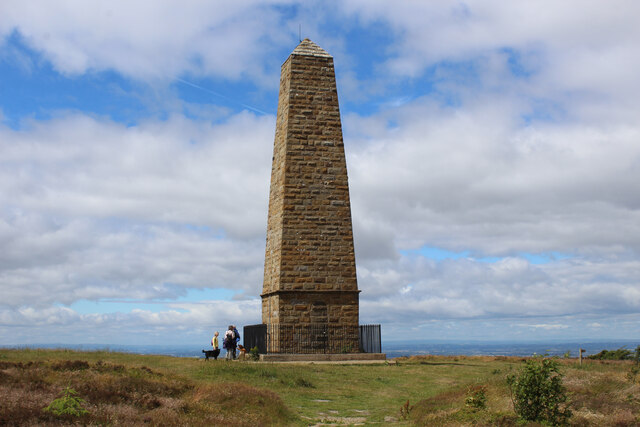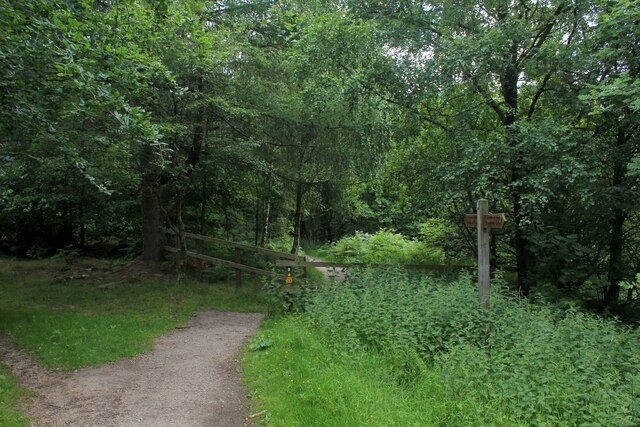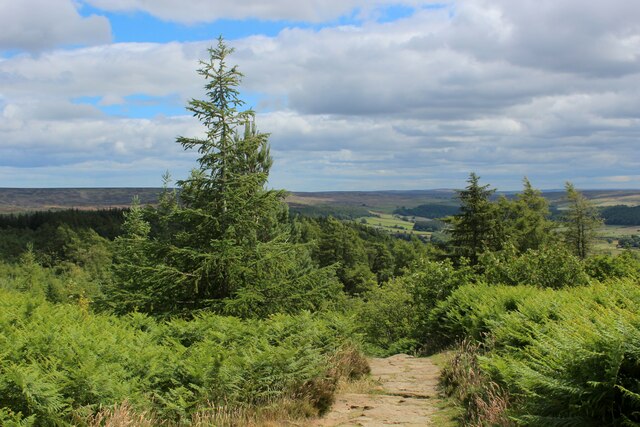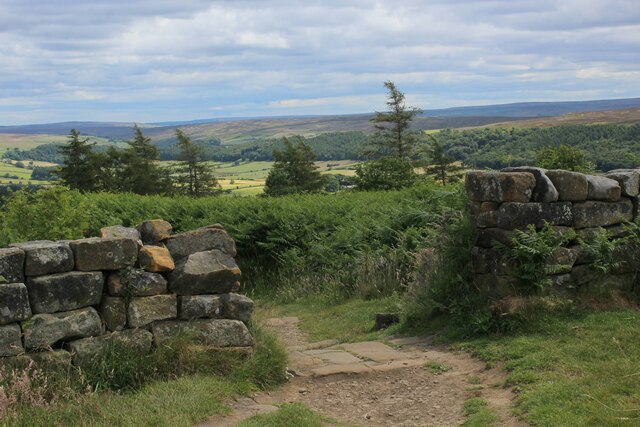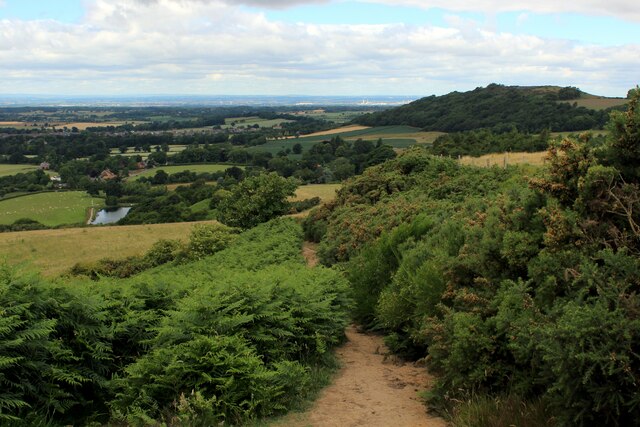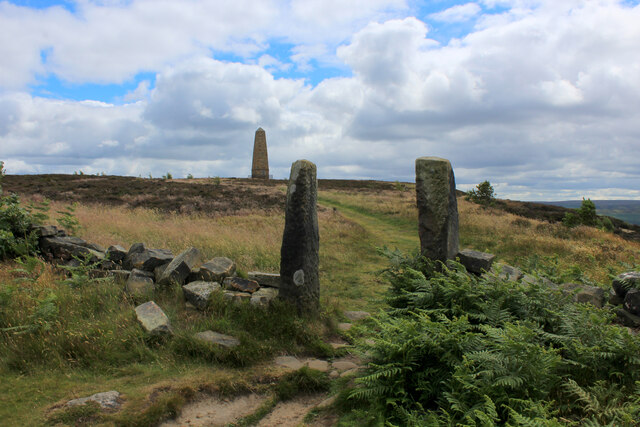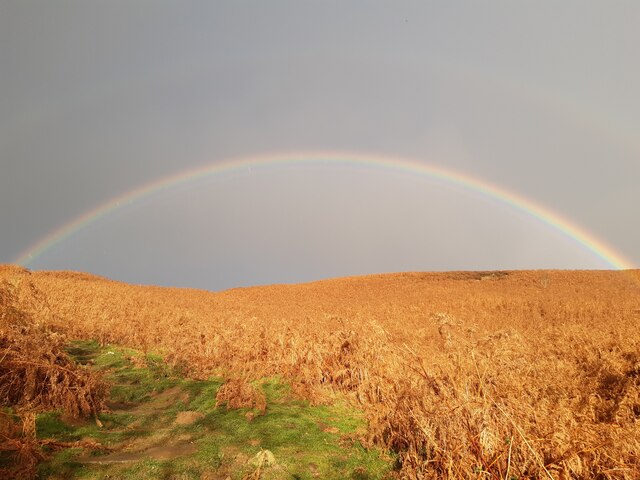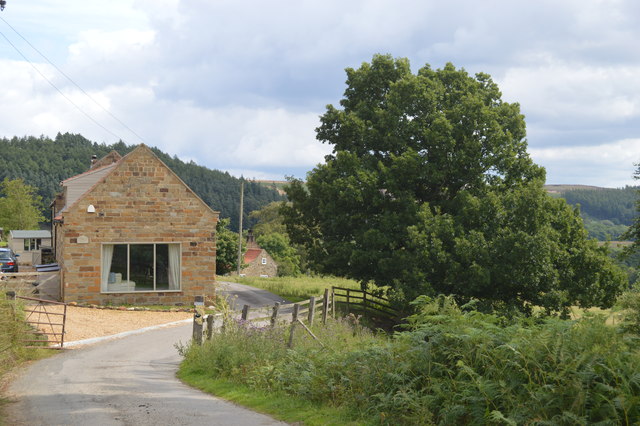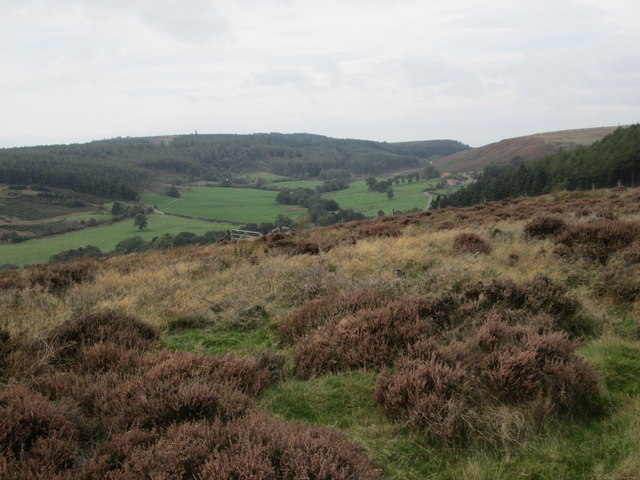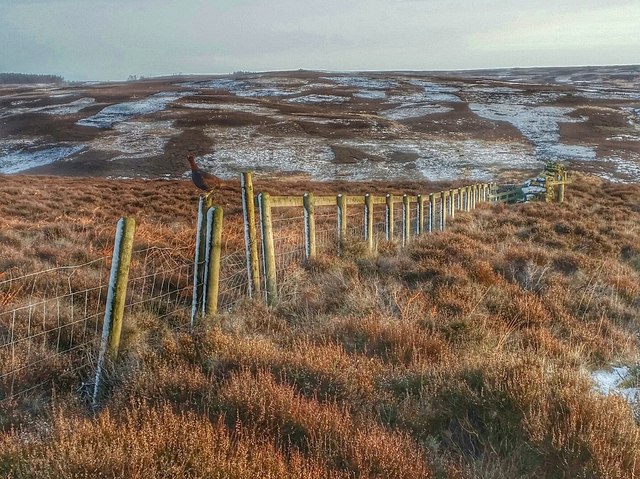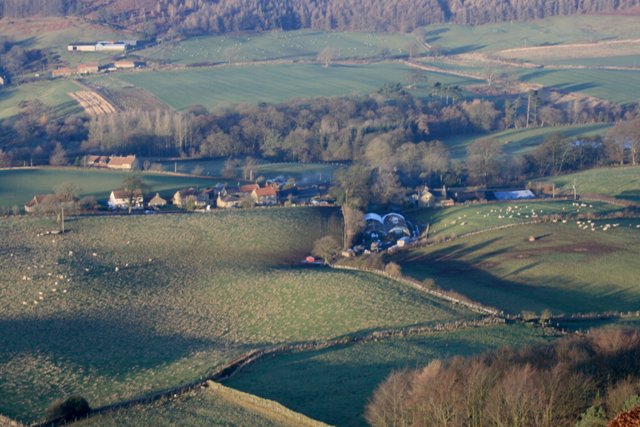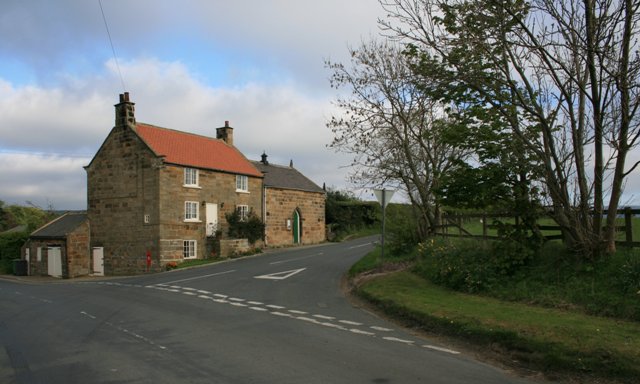Sandbeds Plantation
Wood, Forest in Yorkshire Hambleton
England
Sandbeds Plantation
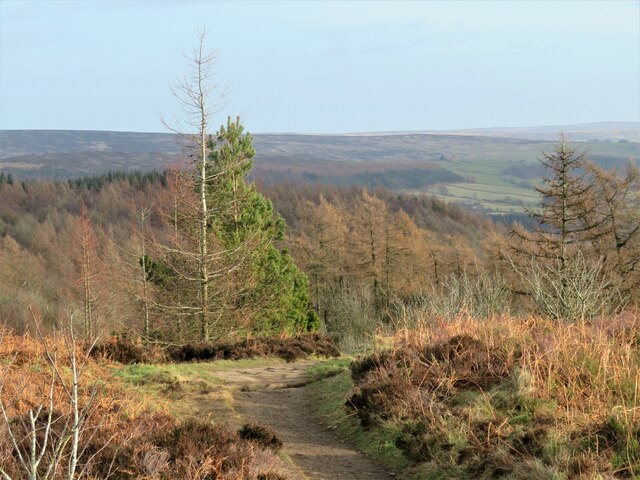
Sandbeds Plantation is a picturesque woodland located in Yorkshire, England. Situated in the heart of the region, the plantation spans over a vast area, encompassing dense forests and sprawling woodlands. It is a popular destination for nature enthusiasts and hikers alike, offering a serene escape from the bustling city life.
The plantation is known for its diverse range of flora and fauna, with various species of trees such as oak, beech, and ash dominating the landscape. The dense foliage provides a habitat for countless woodland creatures, including deer, foxes, and a plethora of bird species. It is a haven for birdwatchers, who can spot species like the great spotted woodpecker and tawny owl.
The plantation also boasts several well-maintained trails, making it an ideal spot for walking and hiking. Visitors can explore the woodland at their own pace, immersing themselves in the natural beauty that surrounds them. Additionally, there are designated picnic areas where visitors can relax and enjoy a meal amidst the tranquil surroundings.
Sandbeds Plantation is not only a natural gem but also holds historical significance. It is believed to have been a part of the ancient royal hunting grounds, dating back to the medieval period. The plantation's rich history can be traced through remnants of old structures and boundaries that still exist within its borders.
Overall, Sandbeds Plantation offers a captivating blend of natural beauty, recreational opportunities, and historical significance. It is a must-visit destination for anyone seeking a peaceful retreat in the heart of Yorkshire's enchanting woodlands.
If you have any feedback on the listing, please let us know in the comments section below.
Sandbeds Plantation Images
Images are sourced within 2km of 54.481644/-1.0735807 or Grid Reference NZ6009. Thanks to Geograph Open Source API. All images are credited.
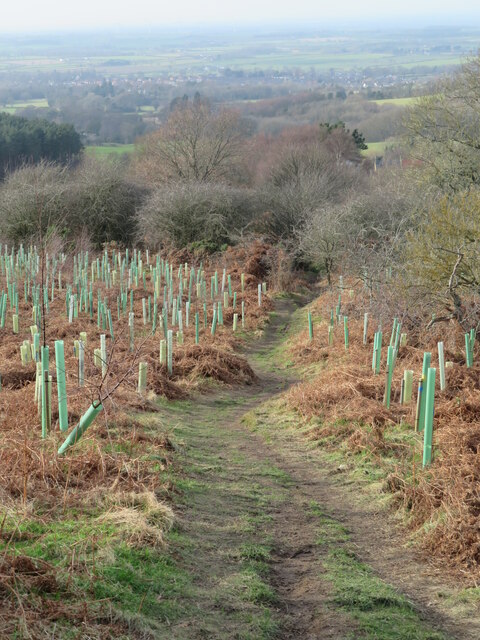
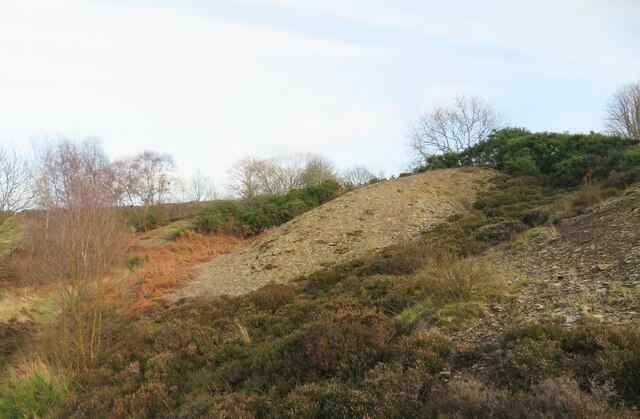

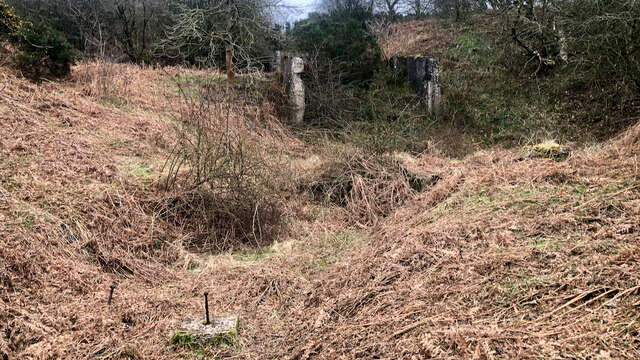
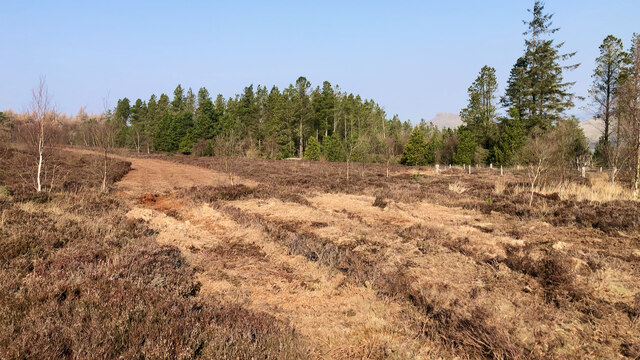
Sandbeds Plantation is located at Grid Ref: NZ6009 (Lat: 54.481644, Lng: -1.0735807)
Division: North Riding
Administrative County: North Yorkshire
District: Hambleton
Police Authority: North Yorkshire
What 3 Words
///riskiest.seasons.muffin. Near Great Ayton, North Yorkshire
Nearby Locations
Related Wikis
Kildale railway station
Kildale is a railway station on the Esk Valley Line, which runs between Middlesbrough and Whitby via Nunthorpe. The station, situated 12 miles 65 chains...
Easby Moor
Easby Moor is a hill located in the civil parish of Little Ayton in the North York Moors national park within the Cleveland Hills, North Yorkshire, England...
Warren Moor Mine
The Warren Moor Mine, was a short-lived mining concern south of Kildale, North Yorkshire, England. Activity at the site was limited to drift mining, and...
Kildale
Kildale is a village and civil parish in Hambleton district of North Yorkshire, England. It lies approximately 3 miles (4.8 km) south-east from Great Ayton...
Easby, Hambleton
Easby is a village and civil parish in Hambleton District of North Yorkshire, England. It lies approximately 2 miles (3.2 km) south-east of Great Ayton...
Great Ayton railway station
Great Ayton is a railway station on the Esk Valley Line, which runs between Middlesbrough and Whitby via Nunthorpe. The station, situated 8 miles 37 chains...
Roseberry Mine
Roseberry Mine was an ironstone mine in the North Riding of Yorkshire, England, which operated between 1883 and 1924, with a break of 24 years. Both periods...
Battersby railway station
Battersby is a railway station on the Esk Valley Line, which runs between Middlesbrough and Whitby via Nunthorpe. The station, situated 11 miles 4 chains...
Nearby Amenities
Located within 500m of 54.481644,-1.0735807Have you been to Sandbeds Plantation?
Leave your review of Sandbeds Plantation below (or comments, questions and feedback).
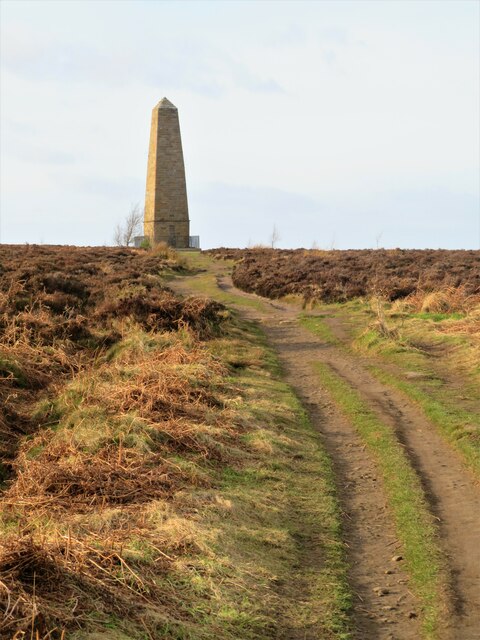
![Path down to the car park A heavily used path that is part of the Cleveland Way and is also the easiest way to the Captain Cook monument from the road. Much less litter [particularly doggy poo bags slung into trees] than on my last visit. No doubt some clearing up by public spirited people.](https://s2.geograph.org.uk/geophotos/07/08/58/7085818_3af55e8d.jpg)
